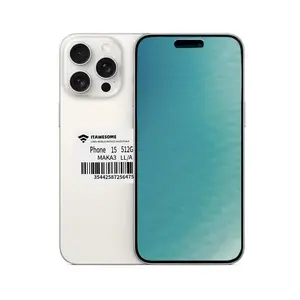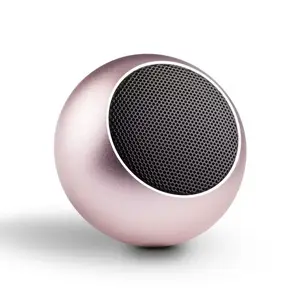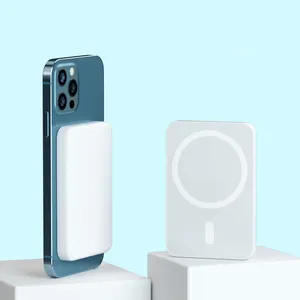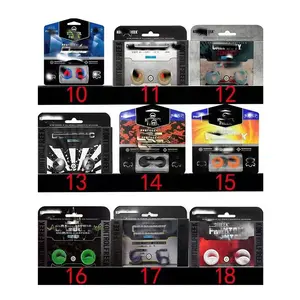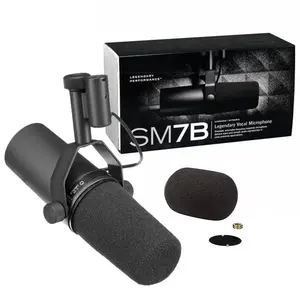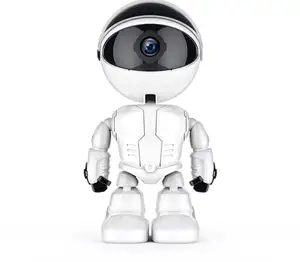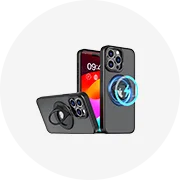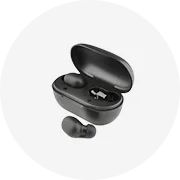Populair in uw branche




























































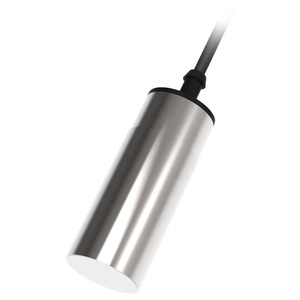






Topcategorieën
Over 20mm nabijheidssensor
Ontdek een grote selectie van. 20mm nabijheidssensor beschikbaar op Alibaba.com. Het is belangrijk om voor elke gelegenheid de juiste lens te hebben. Of het nu overdag is, in een donkere omgeving, buiten of binnen, scherp en precies. 20mm nabijheidssensor zijn van het grootste belang voor de fotograaf om duidelijke en rijkere foto's te maken.
Winkelen voor. 20mm nabijheidssensor is nog nooit zo eenvoudig geweest. Door op Alibaba.com te browsen, kunnen klanten zichzelf blootstellen aan een brede selectie lenzen die hun fotografie naar een hoger niveau zullen tillen. Deze gebruiksvriendelijke lenzen zijn speciaal ontworpen met verschillende brandpuntsafstanden en visuele eigenschappen die de emotionele beelden of afbeelding zullen veranderen. De stevige en stevige bevestigingen in deze items maken het gemakkelijk om ze aan te passen en aan te brengen bij het maken van verfijnde, heldere en scherpere foto's.
De coatingtechnologieën van deze lenzen spelen een belangrijke rol in de filteren van licht waardoor een soepele overgang wordt verkregen. Dit resulteert in een vermindering van beeldschaduwen en lichtvlekken, waardoor de prestaties van deze uitstekende prestaties worden verbeterd. 20mm nabijheidssensor. Met de diafragma-instellingen kan de fotograaf de perfecte scherptediepte bereiken die nodig is om verbluffende foto's te maken. Deze lenzen zijn licht van gewicht waardoor ze de beste reispartner zijn, omdat je nooit weet wanneer een mooi moment zich aandient.
Bezoek Alibaba.com om te winkelen voor de nieuwste trends en fantastisch. 20mm nabijheidssensor opties. Leg elk detail van uw fotografie vast, of u nu voor professioneel of recreatief gebruik bent, met deze geweldige en nauwkeurige lenzen. Professionele leveranciers en fabrikanten werken eindeloos om de nieuwste lenzen in de technische wereld te brengen.
